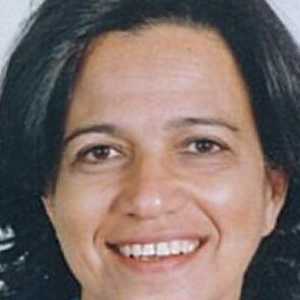Abstract:
Introduction: Nutrition targets for eradicating malnutrition is one of the 17 Sustainable Development Goals (SDGs) established by the United Nations. Arab States are struggling to achieve SDGs, Islamic teachings are needed to guide implementation.
Aim: To analyze how SDG indicators can influence stunting from an Islamic perspective in the Arab region.
Methods: Indices representing nutrition-related SDG indicators were compiled from global SDG data for 22 countries of the Arab region. Of all SDG indicators 76 relevant indicators covering the 17 SDGs were compiled from the global database of UNDP and were assessed in relation to stunting using descriptive analysis and illustrations to assess associations. We also reviewed Quranic text pertaining to the most influential SDG indicators.
Findings: The detection rate of indicators derived from 76 SDG indicators under study associated with stunting was 47 (61.8%). The level of income was the delineating factor with the high income (HIC) performing better than the low income (LIC), while the middle income countries (MIC) lie on the border of LIC and are staggering to move towards the HIC. Associations were illustrated using trend lines. The most significant was the corruption index (SDG16: Peace, Justice and strong Institutions) which was reversely correlated with stunting; 22 Quranic texts were identified relevant to this indicator and were found to be integrated with the different SDGs.
Conclusions: The SDG indicators identified can be used to guide Arab countries to develop road maps, surveillance systems for reducing stunting. Quranic text can be used as an advocacy tool to reinforce progress in SDGs in the Arab region.




